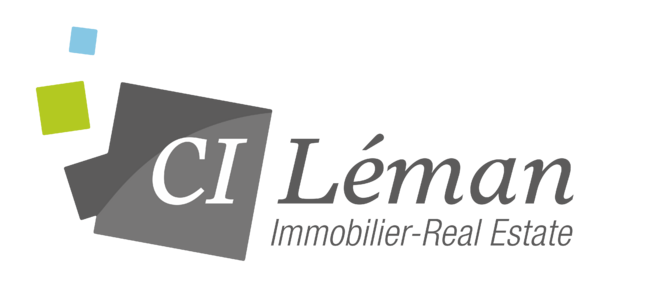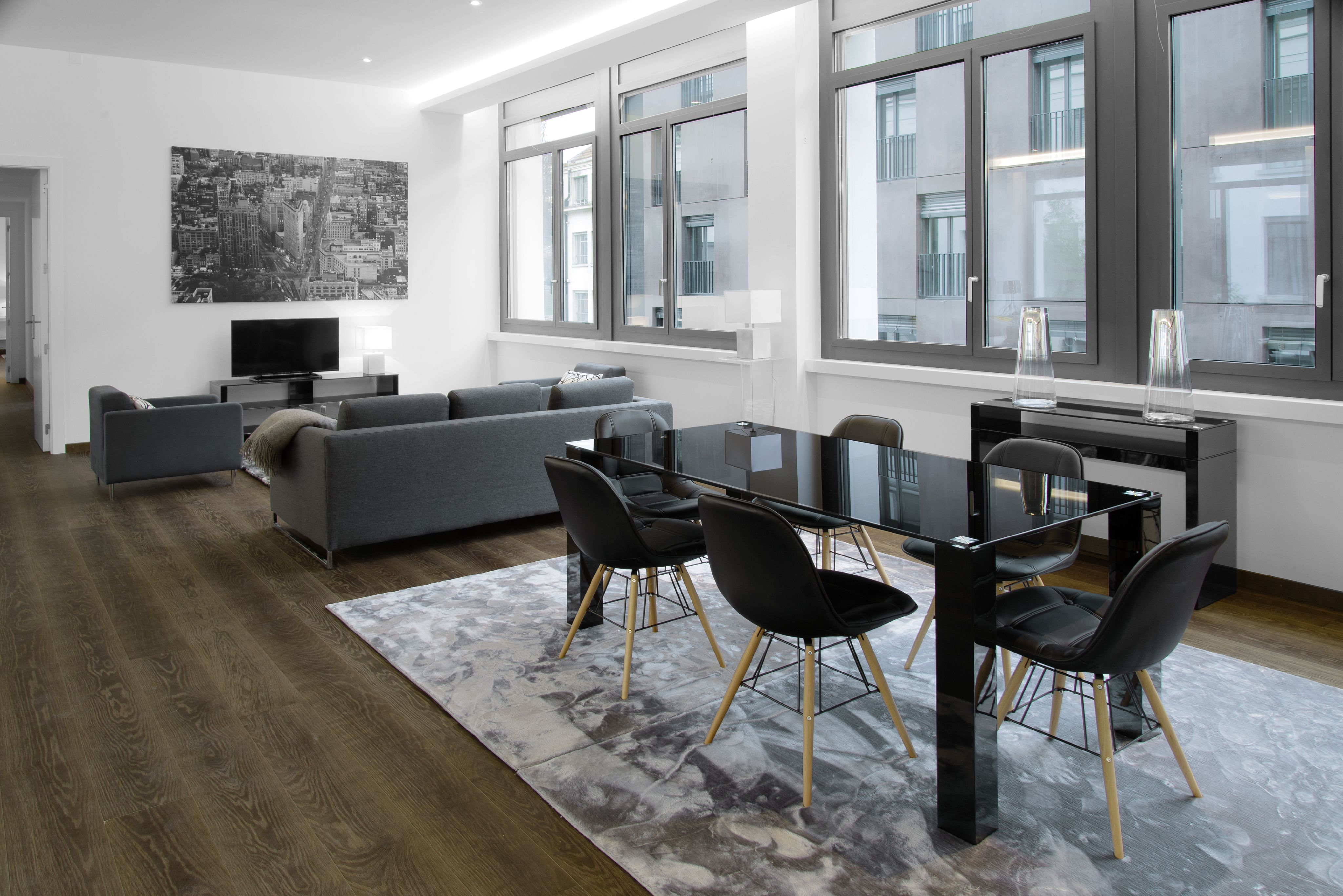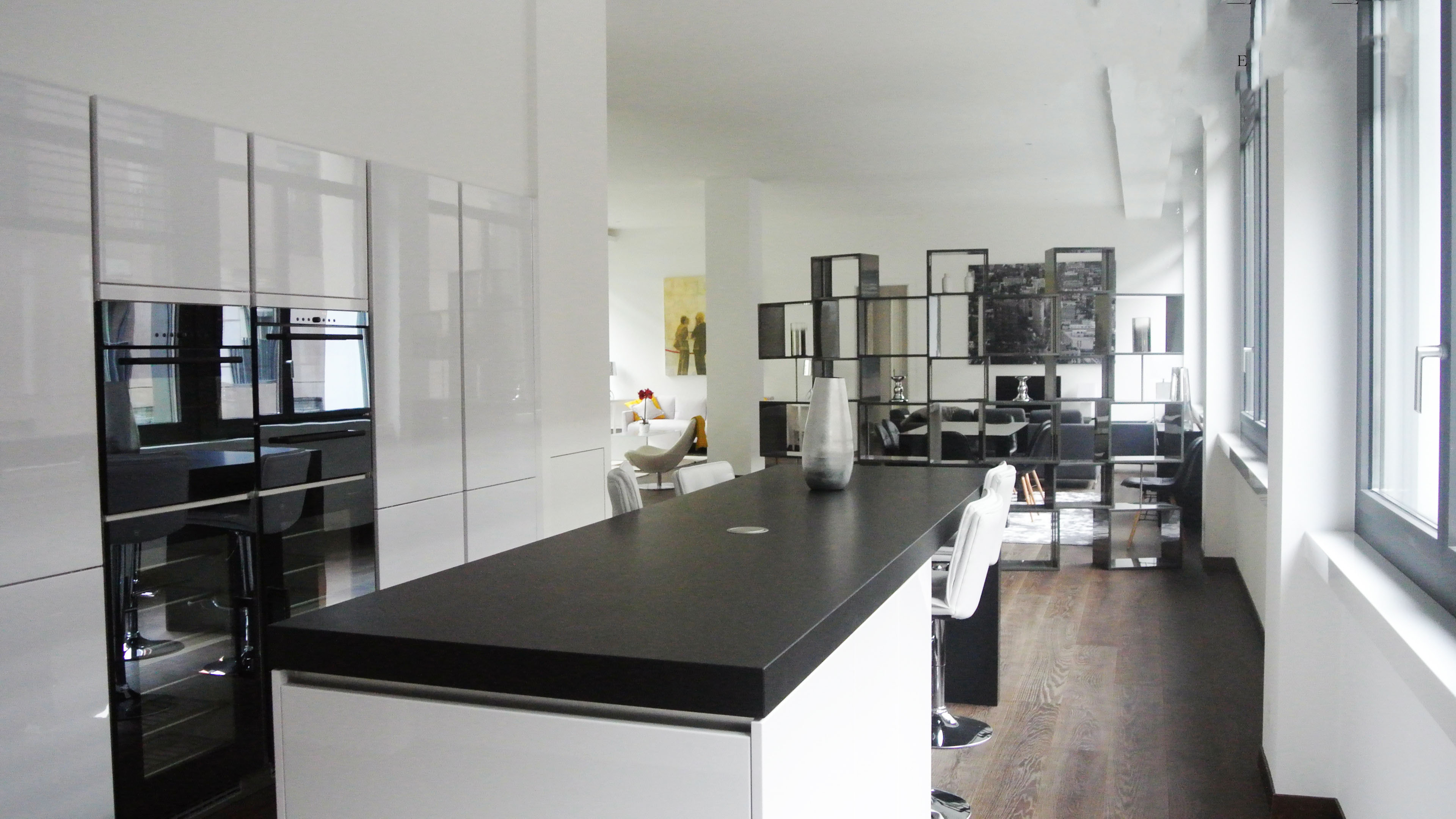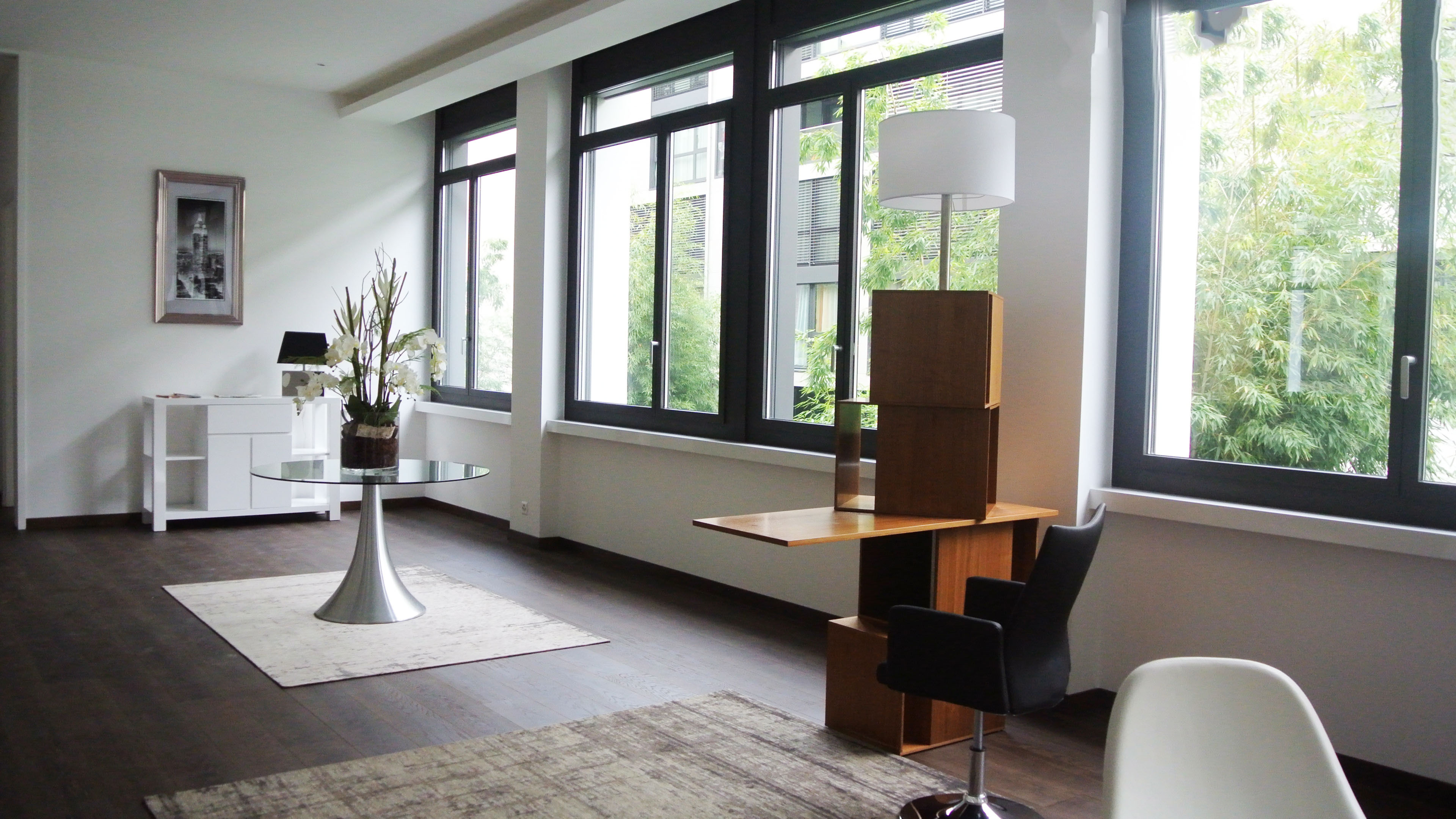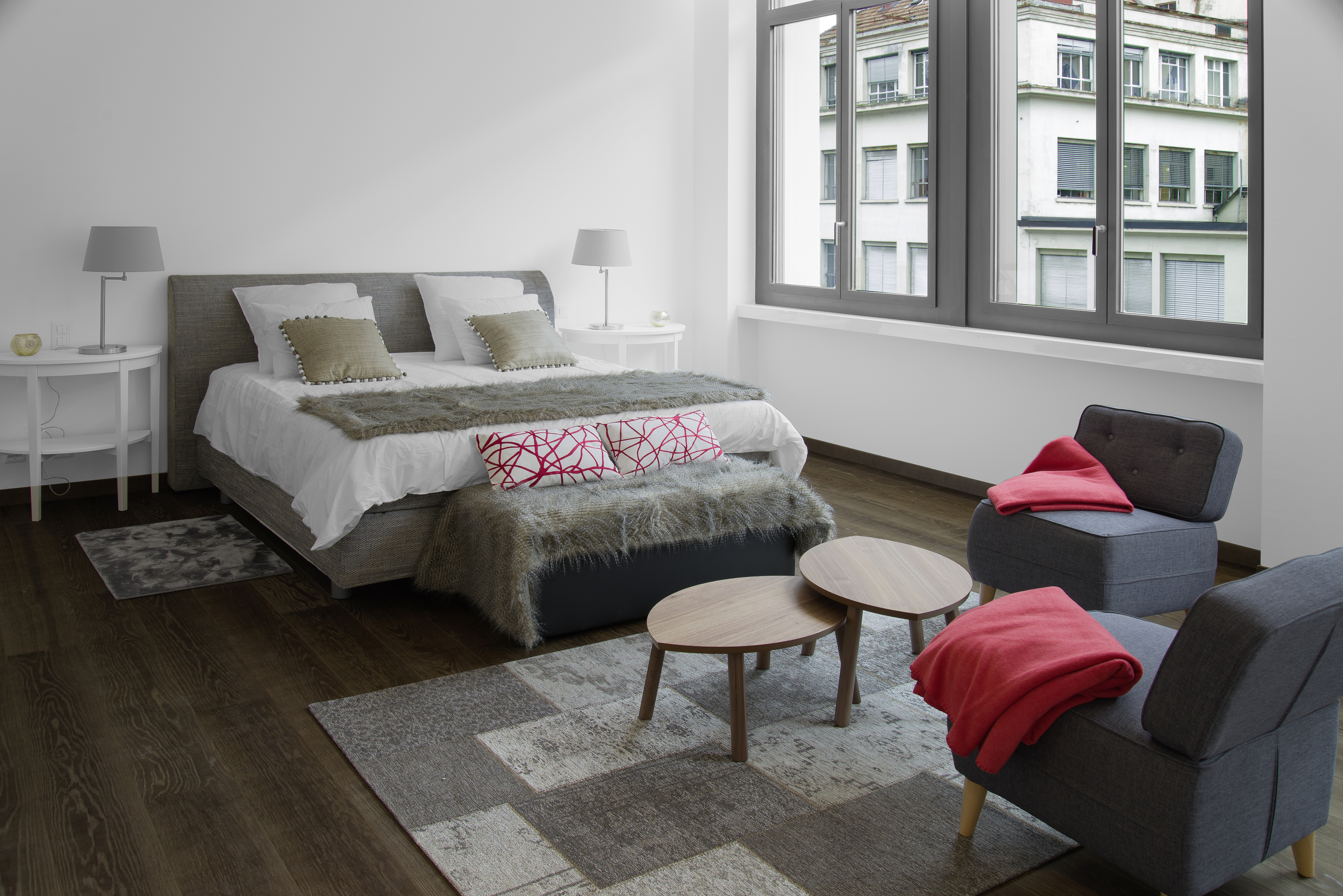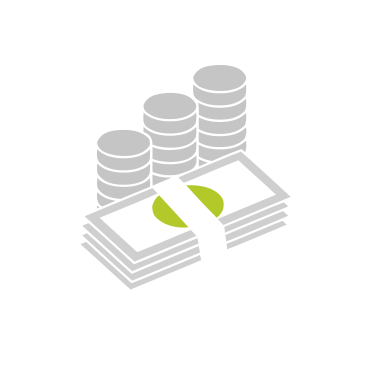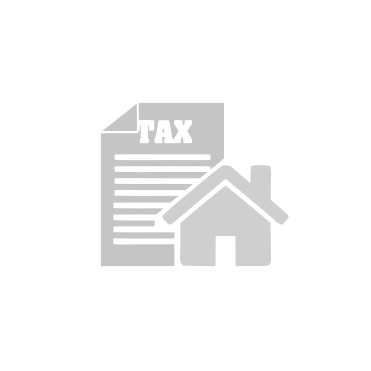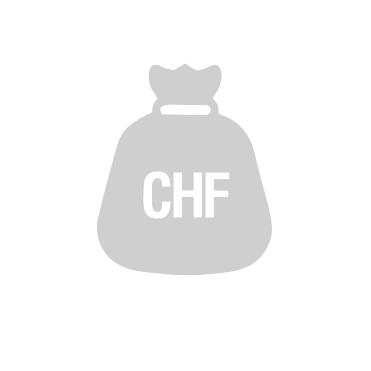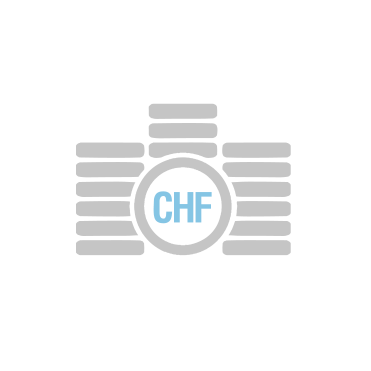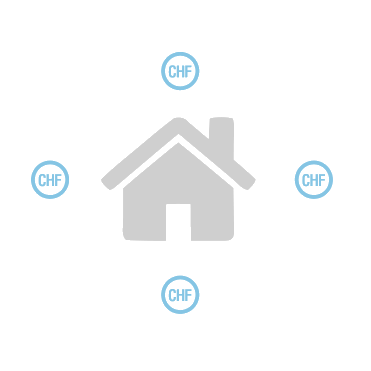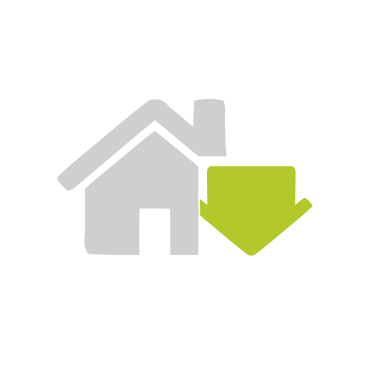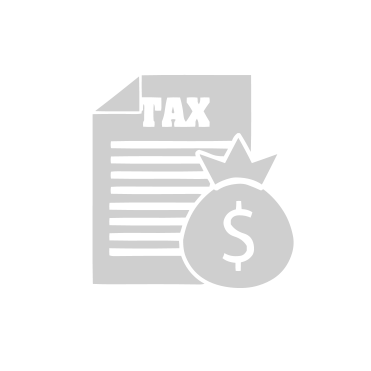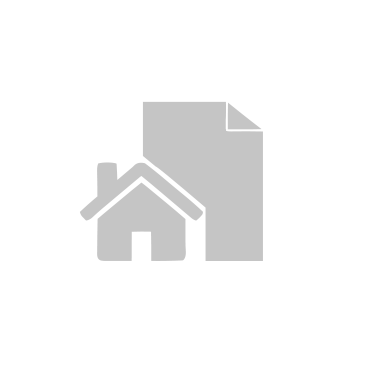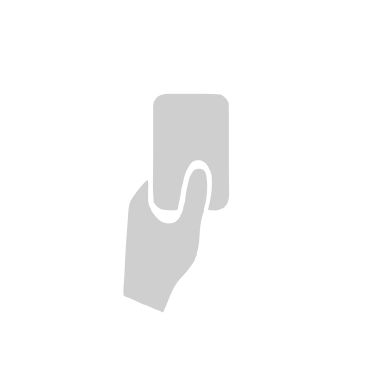Description
Our Geneva real estate agency, CI-Léman SA, is pleased to offer for sale this magnificent 314 m2 loft, boasting unique features and majestic ceiling heights of over 3m.
Recently renovated, it is located on the second floor of a 1930s building and its typology breaks down as follows:
The day part features a very spacious living room with fully equipped open kitchen, a very nice dining area, a guest WC and a private laundry room.
The night area comprises 3 bedrooms, each with its own private bathroom.
All bedrooms have built-in wardrobes. The master bedroom is even more spacious, with a large walk-in closet.
This loft is built to the highest standards, using the finest materials and finishes. The residence also benefits from a pleasant interior patio beautifully planted with trees.
It should be noted that a cellar and 2 basement parking spaces complete this magnificent property.
An immersive 360° visit is available, dask for your access code.
For more information, contact us without further delay.
Recently renovated, it is located on the second floor of a 1930s building and its typology breaks down as follows:
The day part features a very spacious living room with fully equipped open kitchen, a very nice dining area, a guest WC and a private laundry room.
The night area comprises 3 bedrooms, each with its own private bathroom.
All bedrooms have built-in wardrobes. The master bedroom is even more spacious, with a large walk-in closet.
This loft is built to the highest standards, using the finest materials and finishes. The residence also benefits from a pleasant interior patio beautifully planted with trees.
It should be noted that a cellar and 2 basement parking spaces complete this magnificent property.
An immersive 360° visit is available, dask for your access code.
For more information, contact us without further delay.
Details
Neighbourhood
- City centre
- Park
- Green
- Lake
- Shops/Stores
- Shopping street
- Bank
- Post office
- Restaurant(s)
- Bus stop
- Tram stop
- Child-friendly
- Playground
- Nursery
- Preschool
- Primary school
- Secondary school
- Sports centre
- Public swimming pool
- Bike trail
- Concert hall
- Religious monuments
- Doctor
Inside conveniences
- Lift/elevator
- Underground car park
- Eat-in-kitchen
- Open kitchen
- Separated lavatory
- Guests lavatory
- Dressing
- Built-in closet
- Double glazing
- Bright/sunny
- With character
Equipment
- Furnished kitchen
- Fitted kitchen
- Kitchen island
- Cooker/stove
- Induction cooker
- Oven
- Steamer
- Microwave
- Fridge
- Freezer
- Dishwasher
- Wine cooler
- Connections for washing tower
- Shower
- Bath
- Phone
- Cable/TV
- WiFi
- Optic fiber
- Internet connection
- Interphone
Floor
- Tiles
- Parquet floor
Orientation
- East
- West
Exposure
- Optimal
- All day
Style
- Classic
- Modern
Distances
Public transports
116 m
2'
2'
2'
Primary school
155 m
4'
4'
4'
Stores
150 m
3'
3'
5'
Restaurants
61 m
1'
1'
2'
